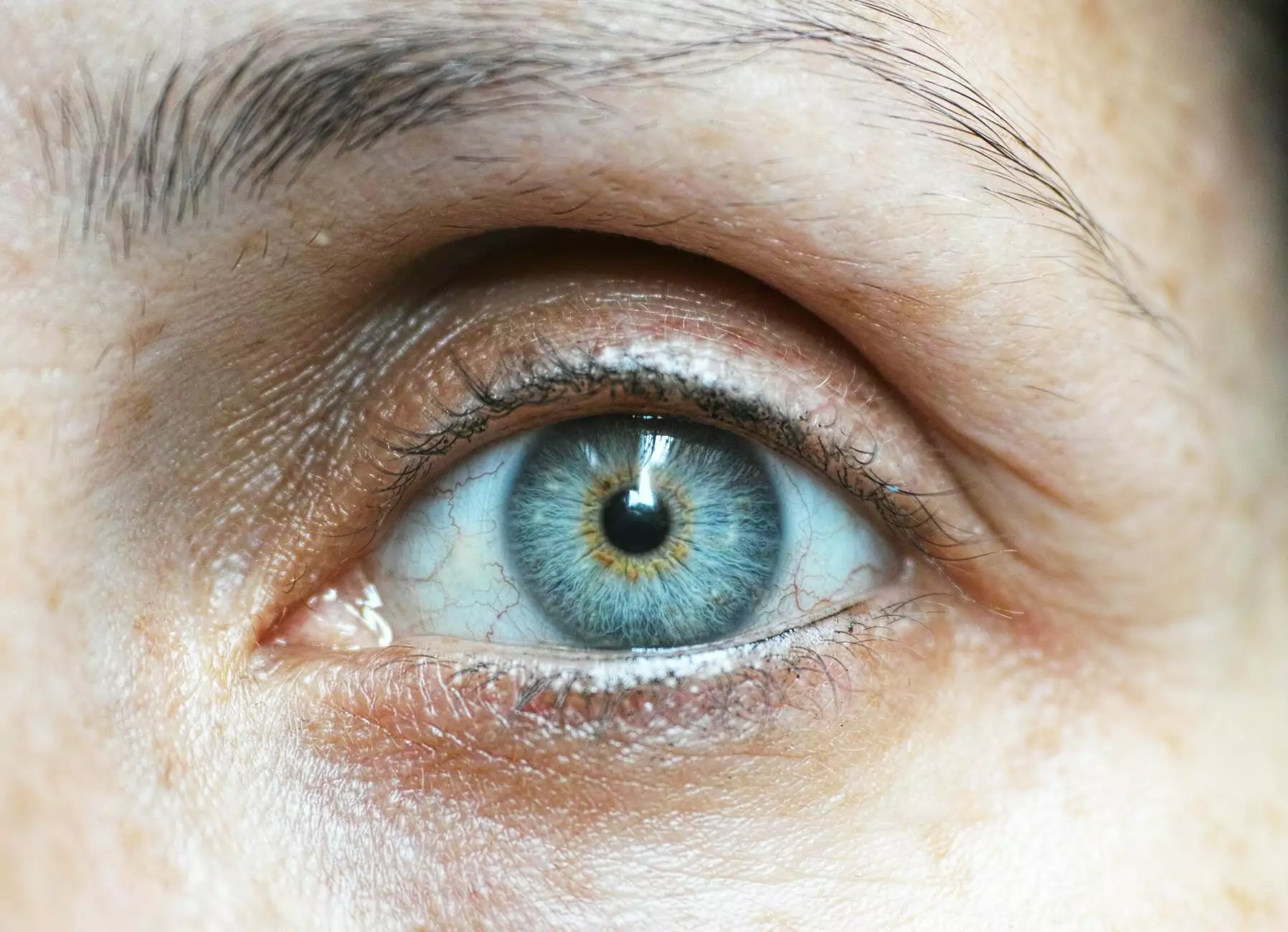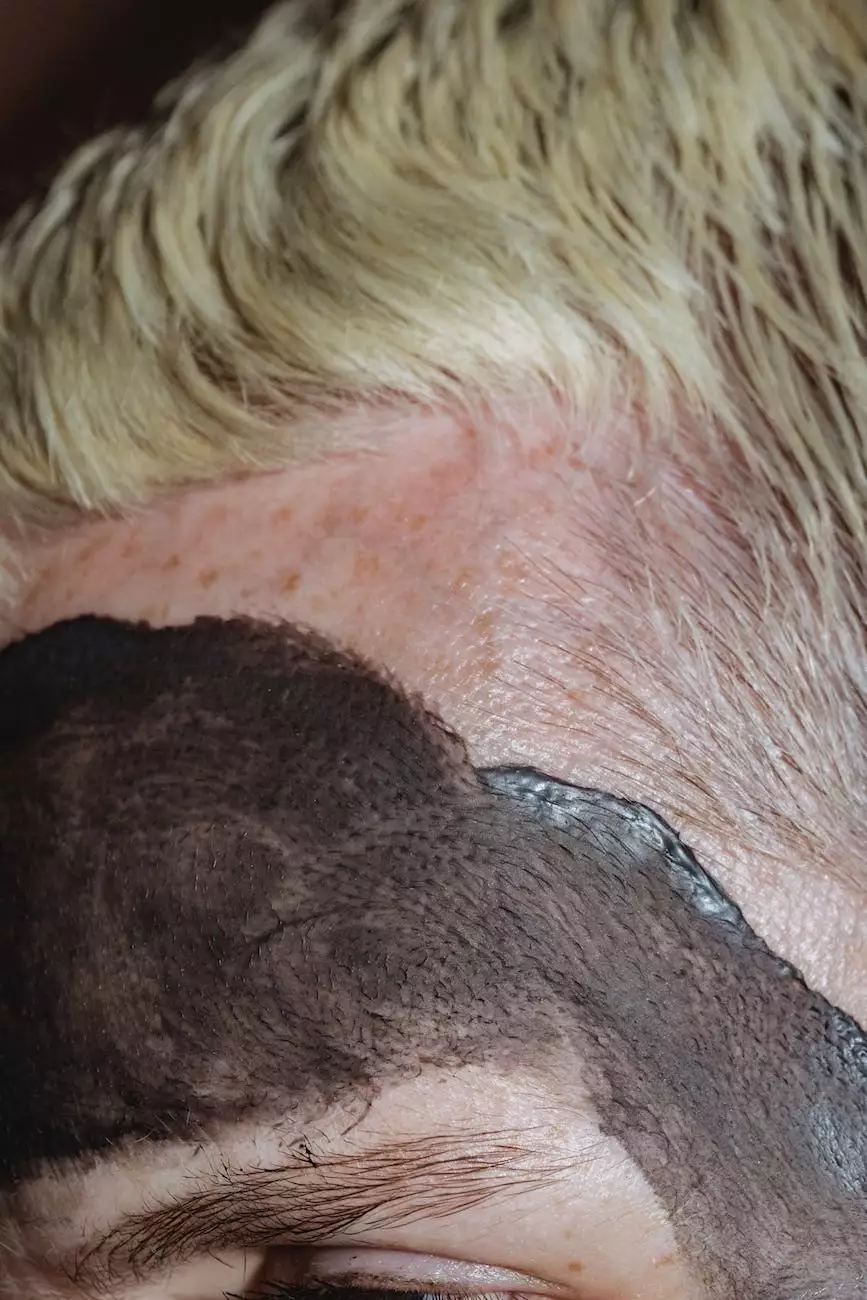Orbital Masses: A Comprehensive Guide

Understanding Orbital Masses
Orbital masses are abnormal growths or structures that develop within the orbit, the bony cavity that houses the eye. These masses can originate from various sources, including the eye itself or surrounding structures such as the sinuses, blood vessels, or soft tissues. While some orbital masses may be benign and require no treatment, others can be malignant or cause significant visual impairments, necessitating prompt medical attention.
Types of Orbital Masses
Orbital masses can be classified into different types based on their origin, characteristics, and potential for malignancy. Some common types of orbital masses include:
- Orbital Tumors: These are abnormal growths that can develop in any part of the orbit. They can be benign or malignant and require thorough evaluation to determine the appropriate treatment course.
- Orbital Cysts: These are fluid-filled sacs that can form within the orbit. They vary in size and can cause discomfort or visual disturbances depending on their location and size.
- Thyroid Eye Disease: Also known as Graves' ophthalmopathy, this condition is characterized by inflammation of the orbital tissues, leading to swelling, eye protrusion, and potential vision problems.
- Vascular Malformations: These are abnormal formations of blood vessels within the orbit. They can range from minor abnormalities to complex conditions that may require specialized treatment.
Treatment Options for Orbital Masses
The treatment approach for orbital masses depends on various factors, including the type, size, location, and the overall health of the patient. Foley James D MD specializes in offering comprehensive healthcare services for orbital masses, providing individualized treatment plans tailored to each patient's needs.
Some common treatment options for orbital masses include:
- Observation: In cases where the mass is benign and not causing any significant symptoms, close monitoring may be the preferred approach.
- Medical Management: Certain conditions, such as thyroid eye disease, may require medical interventions aimed at reducing inflammation and managing symptoms.
- Surgical Excision: When surgical removal is necessary, Foley James D MD employs advanced techniques to minimize risks and optimize outcomes. Surgery may involve taking out the entire mass or performing a biopsy to further investigate its nature.
- Radiation Therapy: In select cases, radiation therapy may be recommended as an adjunct to surgery or as the primary treatment modality.
Expert Care by Foley James D MD
Foley James D MD is a renowned healthcare professional dedicated to providing expert care in the field of orbital masses. With years of specialized experience, Foley James D MD offers comprehensive evaluations, accurate diagnoses, and personalized treatment plans.
Our practice prioritizes patient education, ensuring that you are well-informed about your condition and the available treatment options. We believe in a collaborative approach, involving you in every step of the decision-making process to achieve the best possible outcome.
When it comes to orbital masses, trust Foley James D MD to deliver exceptional care and help you regain optimal eye health.
Schedule an Appointment Today
If you are experiencing symptoms related to orbital masses or require a thorough evaluation, schedule an appointment with Foley James D MD today. Our compassionate team is ready to provide the highest quality care and guide you towards the best treatment options.









